Zhengfei Wang
Artificial Intelligence for Prosthetics - challenge solutions
Feb 07, 2019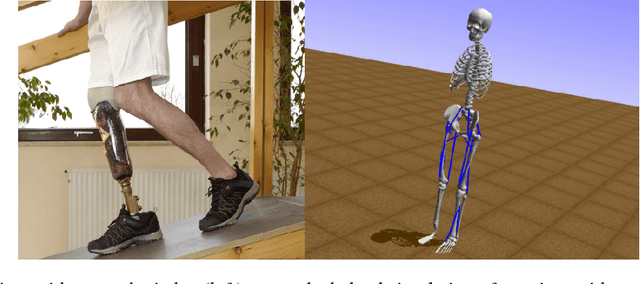
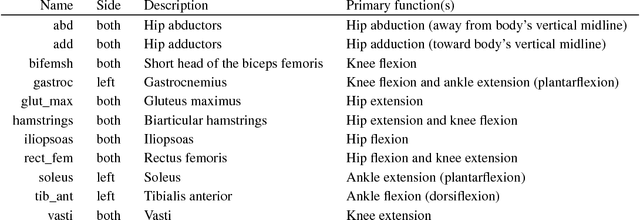
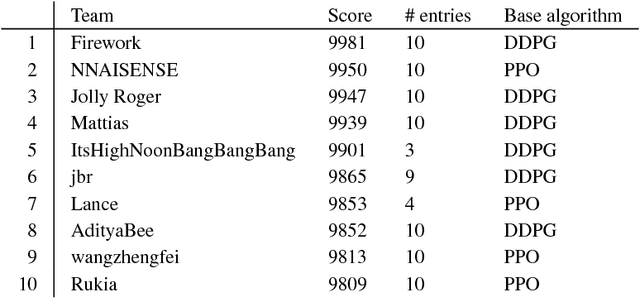

Abstract:In the NeurIPS 2018 Artificial Intelligence for Prosthetics challenge, participants were tasked with building a controller for a musculoskeletal model with a goal of matching a given time-varying velocity vector. Top participants were invited to describe their algorithms. In this work, we describe the challenge and present thirteen solutions that used deep reinforcement learning approaches. Many solutions use similar relaxations and heuristics, such as reward shaping, frame skipping, discretization of the action space, symmetry, and policy blending. However, each team implemented different modifications of the known algorithms by, for example, dividing the task into subtasks, learning low-level control, or by incorporating expert knowledge and using imitation learning.
N2RPP: An Adversarial Network to Rebuild Plantar Pressure for ACLD Patients
May 08, 2018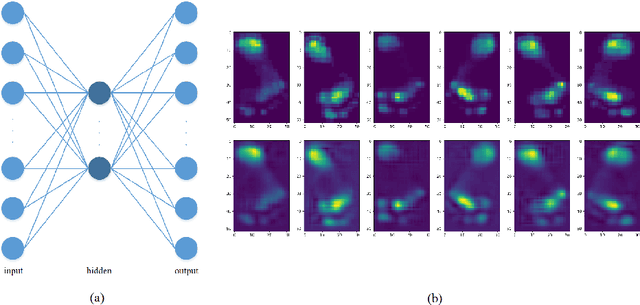


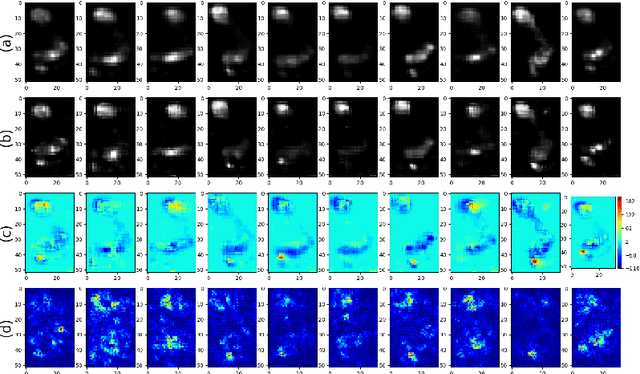
Abstract:Foot is a vital part of human, and lots of valuable information is embedded. Plantar pressure is one of which contains this information and it describes human walking features. It is proved that once one has trouble with lower limb, the distribution of plantar pressure will change to some degree. Plantar pressure can be converted into images according to some simple standards. In this paper, we take full advantage of these plantar pressure images for medical usage. We present N2RPP, a generative adversarial network (GAN) based method to rebuild plantar pressure images of anterior cruciate ligament deficiency (ACLD) patients from low dimension features, which are extracted from an autoencoder. Through the result of experiments, the extracted features are a useful representation to describe and rebuild plantar pressure images. According to N2RPP's results, we find out that there are several noteworthy differences between normal people and patients. This can provide doctors a rough direction of adjusting plantar pressure to a better distribution to reduce patients' sore and pain during the rehabilitation treatment for ACLD.
A Model for Medical Diagnosis Based on Plantar Pressure
Feb 28, 2018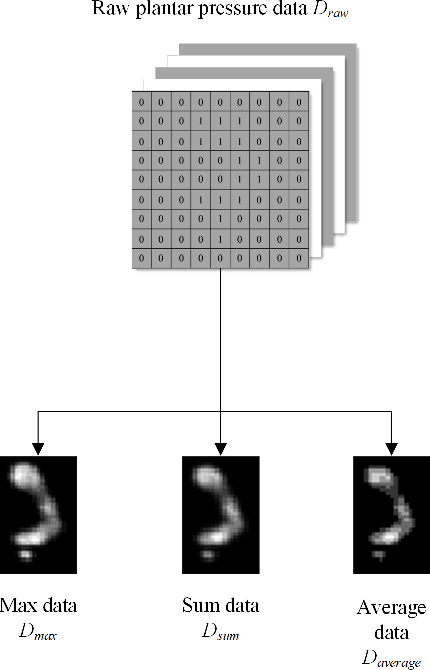
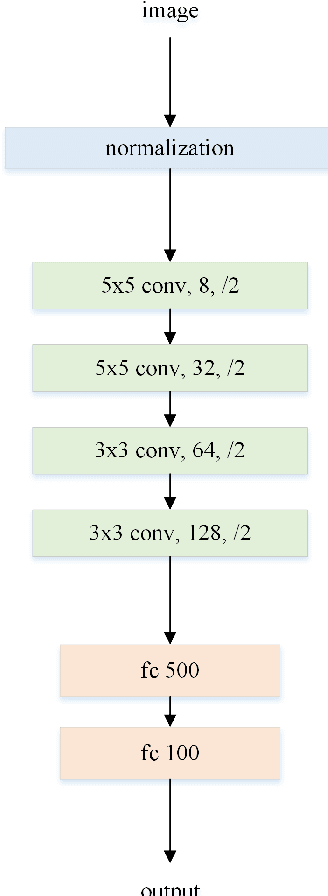
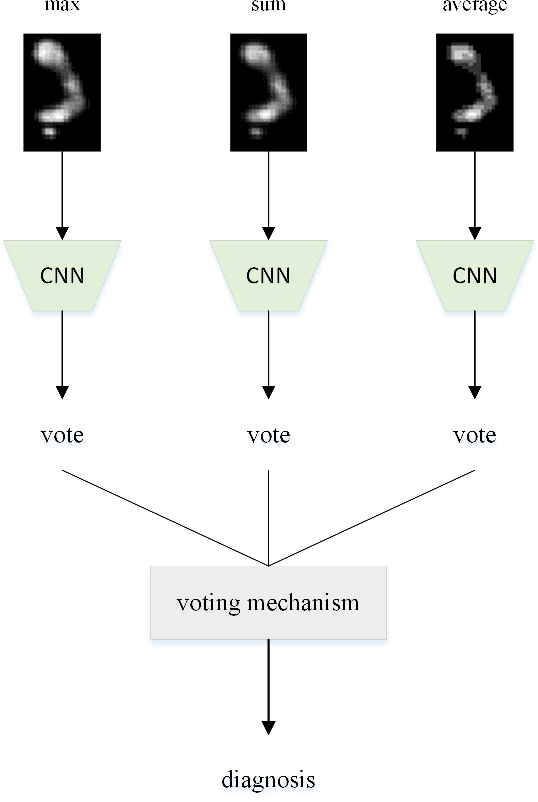

Abstract:The process of determining which disease or condition explains a person's symptoms and signs can be very complicated and may be inaccurate in some cases. The general belief is that diagnosing diseases relies on doctors' keen intuition, rich experience and professional equipment. In this work, we employ ideas from recent advances in plantar pressure research and from the powerful capacity of the convolutional neural network for learning representations. Here, we propose a model using convolutional neural network based on plantar pressure for medical diagnosis. Our model learns a network that maps plantar pressure data to its corresponding medical diagnostic label. We then apply our model to make the medical diagnosis on datasets we collected from cooperative hospital and achieve an accuracy of 98.36%. We demonstrate that the model base on the convolutional neural network is competitive in medical diagnosis.
 Add to Chrome
Add to Chrome Add to Firefox
Add to Firefox Add to Edge
Add to Edge